A pair of platypuses known as Norris and Kombucha are on track to make global conservation history; likely to become the first success story in a complex, multi-organisational operation to rebuild an extinct population of the species. They’re among a group of 10 animals released in May into the Royal National Park, south of Sydney, New South Wales, as part of an ambitious platypus reintroduction program.
It now seems Norris, a male, and Kombucha, a female, may have been sharing a territory during the spring-summer breeding season. That means scientists are hopeful that, when they return to the field in March to check on the animals’ progress, they’ll find newly emerged juveniles. Drs Gilad Bino and Tahneal Hawke, the University of New South Wales (UNSW) platypus ecologists spearheading the project, are ecstatic about the prospect.
“It would be amazing!” Gilad says, explaining that the project has already produced results that have exceeded expectations. “At the three-month milestone, all the animals were still around – an unprecedented result. So we’re already way beyond what we were expecting. Because translocation of any animal is a stressful period, we were prepared for some animals to potentially expire. We’re really happy, of course, that none have.”
Similar wild releases of mammals rarely have a survival rate at three months of more than 60 per cent.
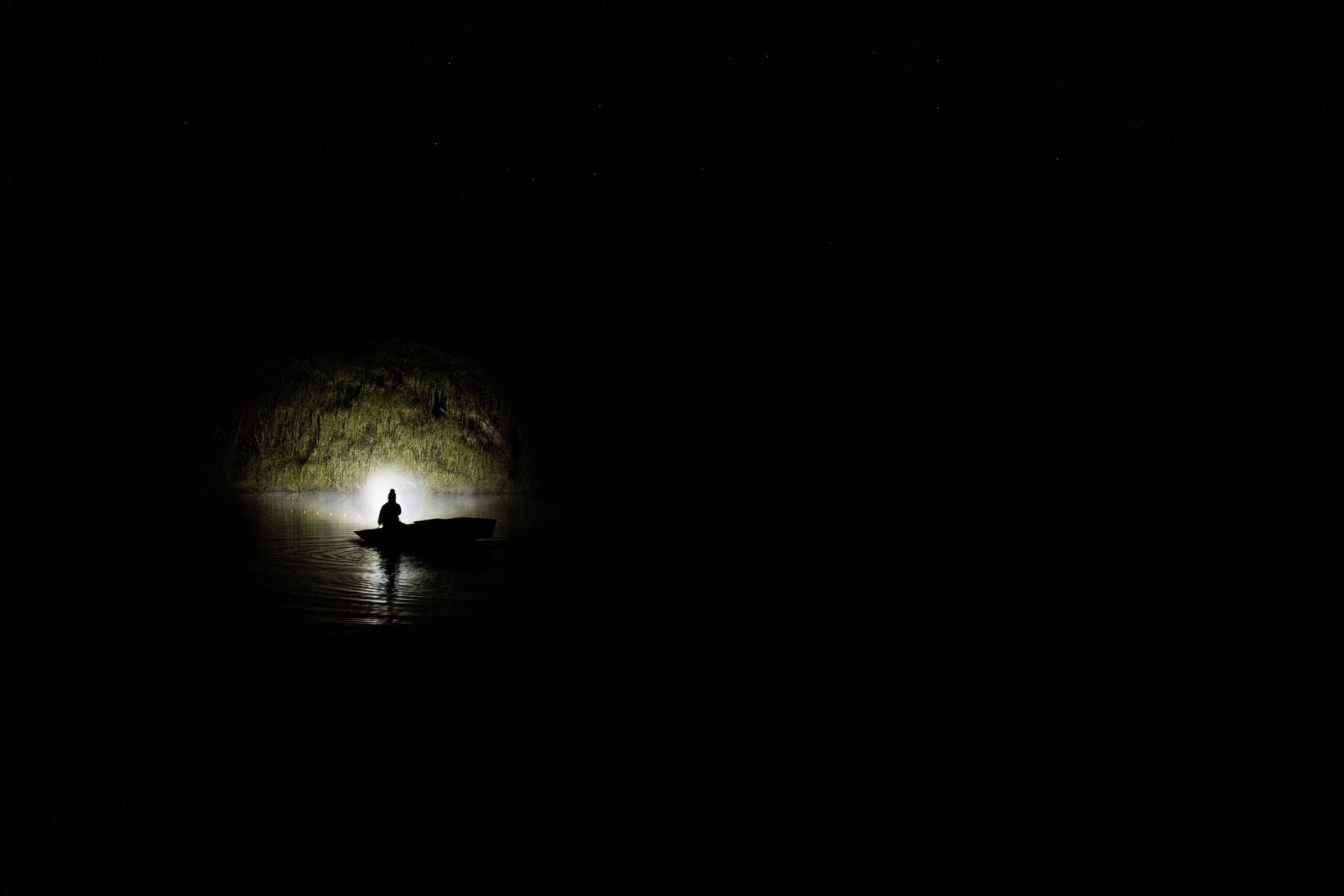
The venture, which has been partly funded by WWF-Australia and supported by the NSW National Parks and Wildlife Service, began more than two years ago when Gilad and Tahneal started investigating the capacity of the Royal, Australia’s oldest national park, to support platypus (Ornithorhynchus anatinus). Although it’s on the doorstep of Australia’s largest city and has one of the highest visitation rates of any park in the country, the Royal has surprisingly high biodiversity, with historic records indicating platypuses were once present there.
There had been no confirmed sightings since the 1970s, suggesting the local population had gone extinct. “We went through a rigorous process to make sure all the boxes were ticked for the Royal to be repopulated with platypus, in terms of food availability, habitat quality, and the resilience of the system to withstand prolonged drying periods,” Gilad says.
Once the team identified that the park was still able to support platypus, the next hurdle was finding enough animals to relocate there. Platypuses are difficult to sustain in captivity, largely because they only eat live food, needing the movement of prey to stimulate electroreceptors in their bills to provoke a feeding response. As a result, there was no pool of captive animals large enough for the NSW program to draw on, so the only option was to take animals from the wild for relocation.
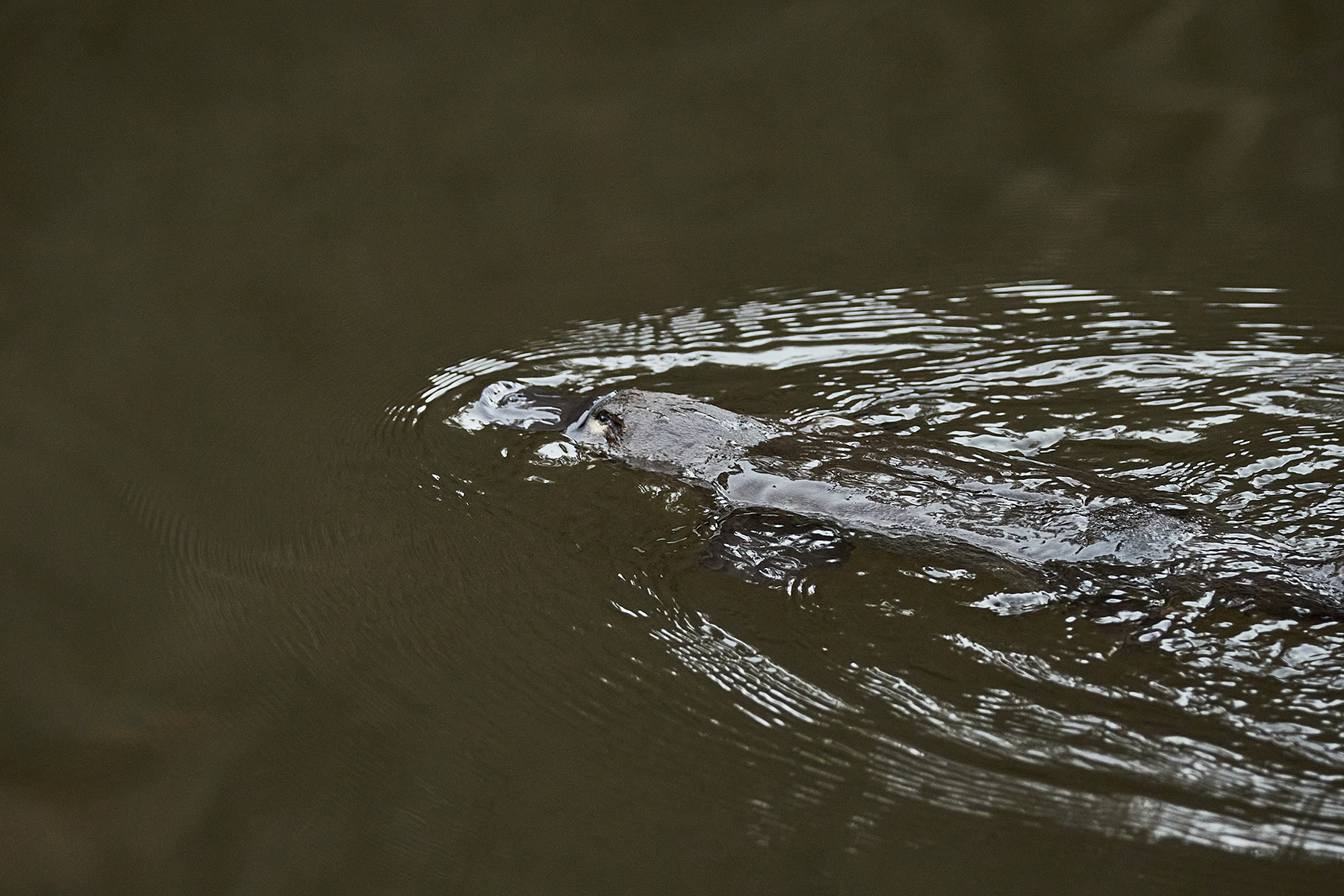
That meant first finding wild populations stable enough to provide ample healthy candidates for the transfer. An arduous program of repeated field surveys followed, allowing the UNSW researchers to identify areas with platypus populations robust enough to provide animals. Ultimately those areas considered ideal in NSW for the project proved to be mainly in the Monaro region of the Snowy Mountains, from where most of the monotremes were taken. One animal among the 10 was taken from the Kangaroo Valley area, to the north.
“We’d been familiarising ourselves with platypuses in the Snowy region since 2017,” Gilad says. “For this project, we returned and figured out there was quite a thriving population there, which was largely a credit to the Snowy River rehabilitation program.” That program began in the early 2000s to restore river habitat that had been destroyed during the mid-20th-century construction of the Snowy Mountains Hydro-electric Scheme.
With the animal supply sources finally identified to begin repopulating the Royal, Gilad and Tahneal set about smoothing the logistics of transferring animals from one locale to another, hundreds of kilometres and many hours away. No matter what precautions are taken for handling wild mammals, stress is, notoriously, a potential issue. And, although platypuses are certainly more resilient than a lot of other mammal species, the UNSW team, wanting to minimise any potential dangers, began looking for a halfway holding location for the animals involved.
Enter Sydney’s Taronga Zoo.
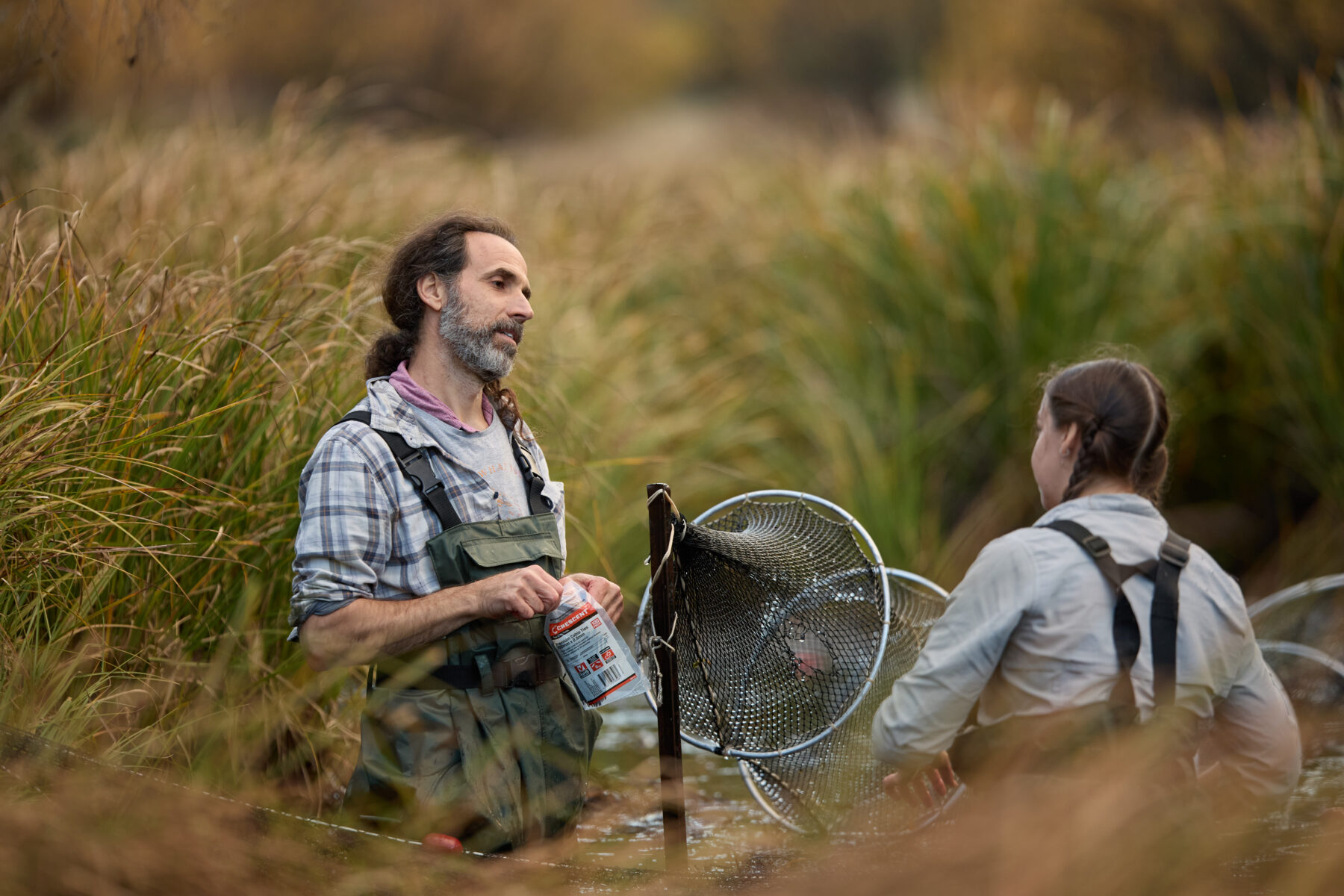
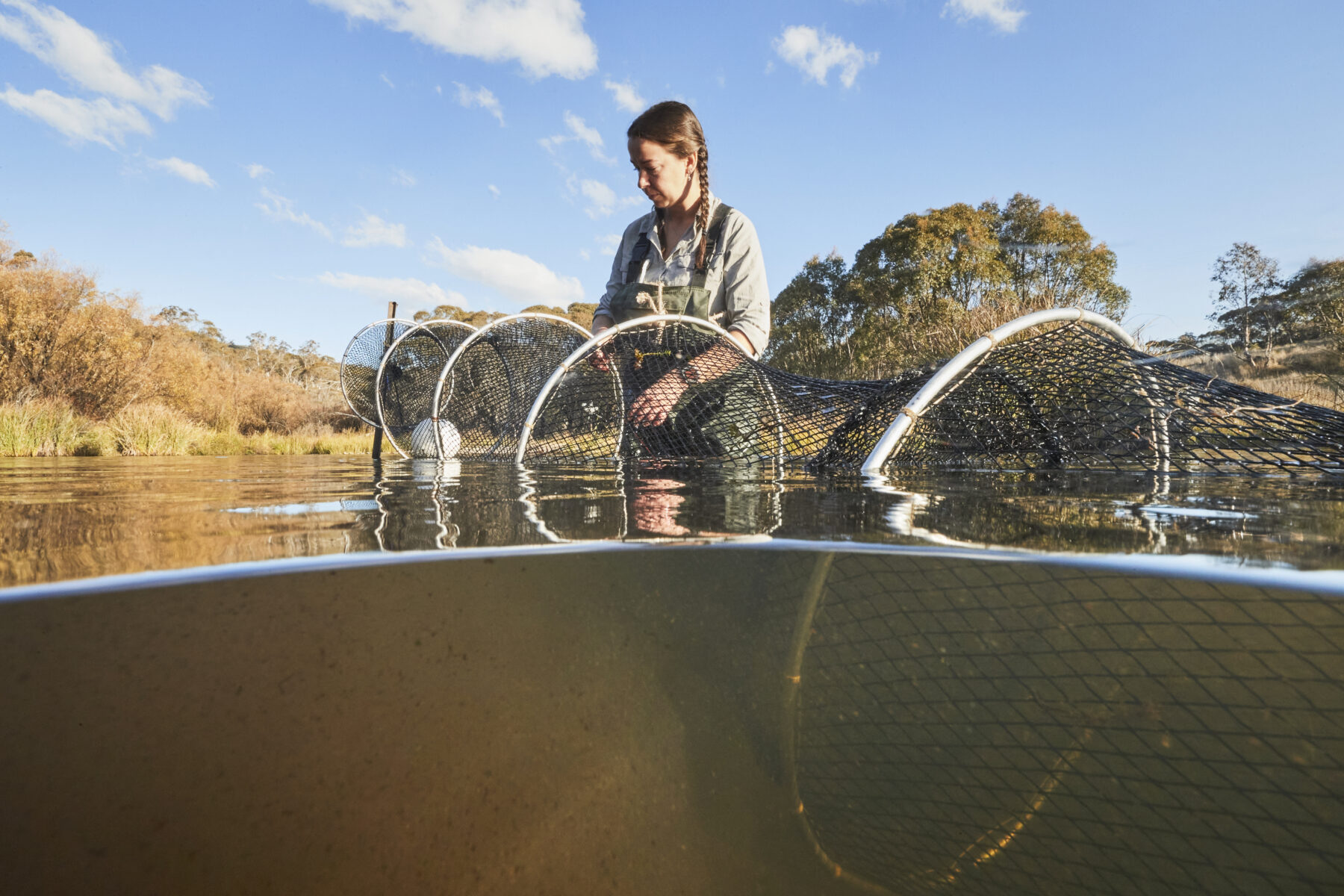
In 2019, wildlife authorities were inundated with calls about stranded platypuses in drying riverbeds across NSW, with an ensuing scramble at the state level to mount a response. But there was limited capacity anywhere to hold and rehabilitate the animals. The situation became even more dire during the 2019–20 Black Summer bushfires.
It was seen as a sign of yet more problems to come for platypuses. Following that turbulent period, Taronga Zoo embarked on a project, with the help of funds donated by the RSPCA and WIRES, to construct a purpose-built facility to hold and rehabilitate rescued platypuses for their return to the wild. So, when Gilad and Tahneal began looking for help with the Royal repopulation program, Taronga seemed the ideal partner to bring on board. Wildlife conservation officer Dr Phoebe Meagher, who manages platypus conservation recovery at the zoo, headed up the design and operation of the Taronga facility.
This has capacity for 10 animals, which is usually not enough in terms of genetic diversity for a long-term mammal population, Gilad explains. “But as a founding population, it was a good start for the Royal. There were enough animals to be able to breed, and for us to gauge the success of this project and whether we wanted to continue with it,” he adds. “We wanted to do a pit-stop with the animals at the zoo first, to implant them with trackers and to make sure they were looking healthy, well-fed and as ready as possible for the transition.”
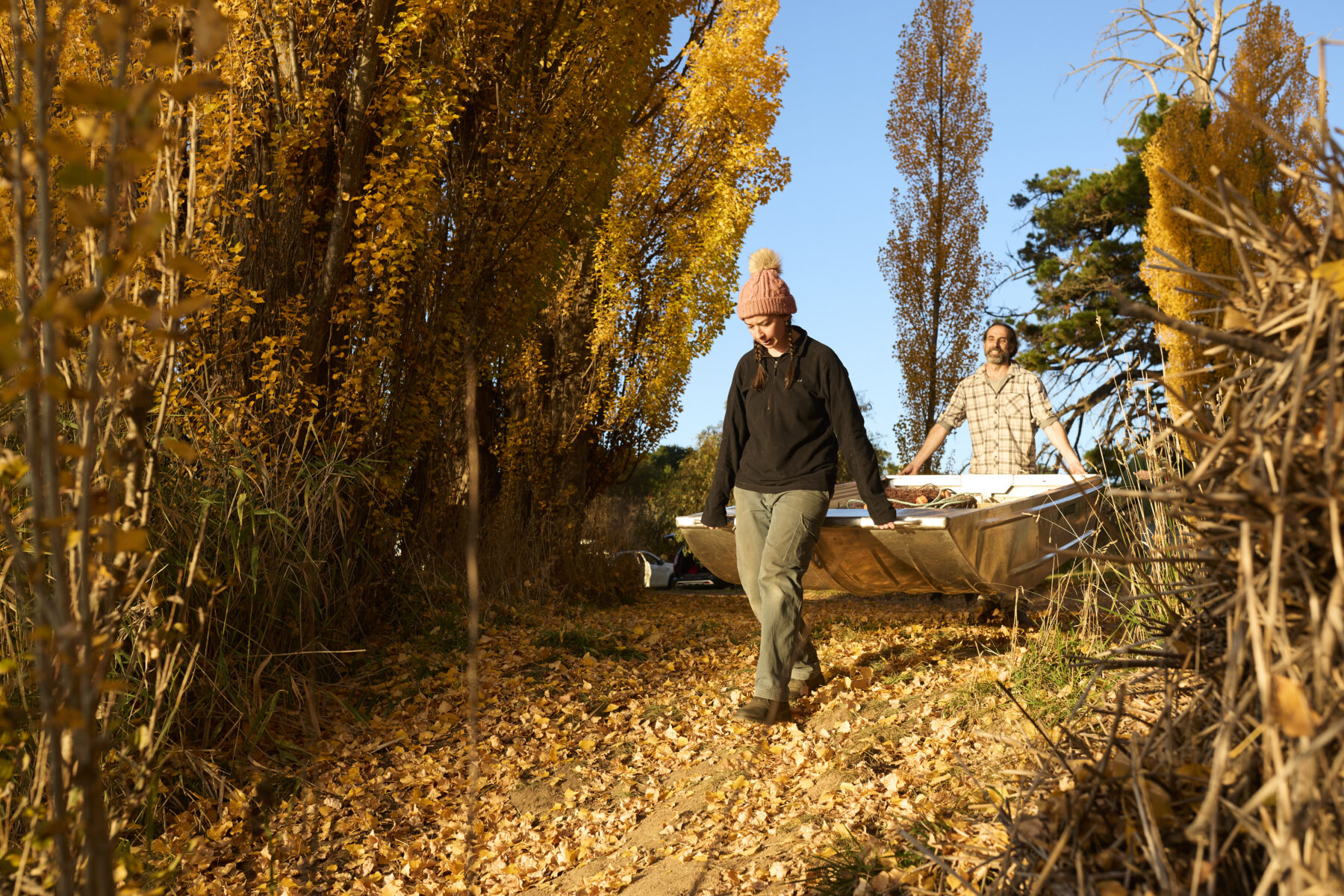
Having the opportunity to safely hold animals for a period also meant they could be returned to the wild in stages, with the six females released a week before the four males. Males can breed with multiple females, so slightly more females than males were chosen for the Royal’s founding new population, and they were released first to allow them the chance to settle before the males were introduced. “We decided to release the females first because it meant they could establish their territories, and then males could sense the females in the area as soon as they arrived,” Phoebe says.
Taronga is now modelling a larger facility at Western Plains Zoo in Dubbo, in western NSW, based on the smaller Sydney one. “We’ve taken what we’ve learnt and multiplied it by five, to be able to hold up to 68 platypuses,” Phoebe says. “Part of the new facility is not only about rescuing animals in times of drought and fire but also building a research operation that will be fully decked out with thermal cameras, CCTV and environmental data loggers. We want to use the opportunity of having these animals in the zoo to learn as much about them as we can.”
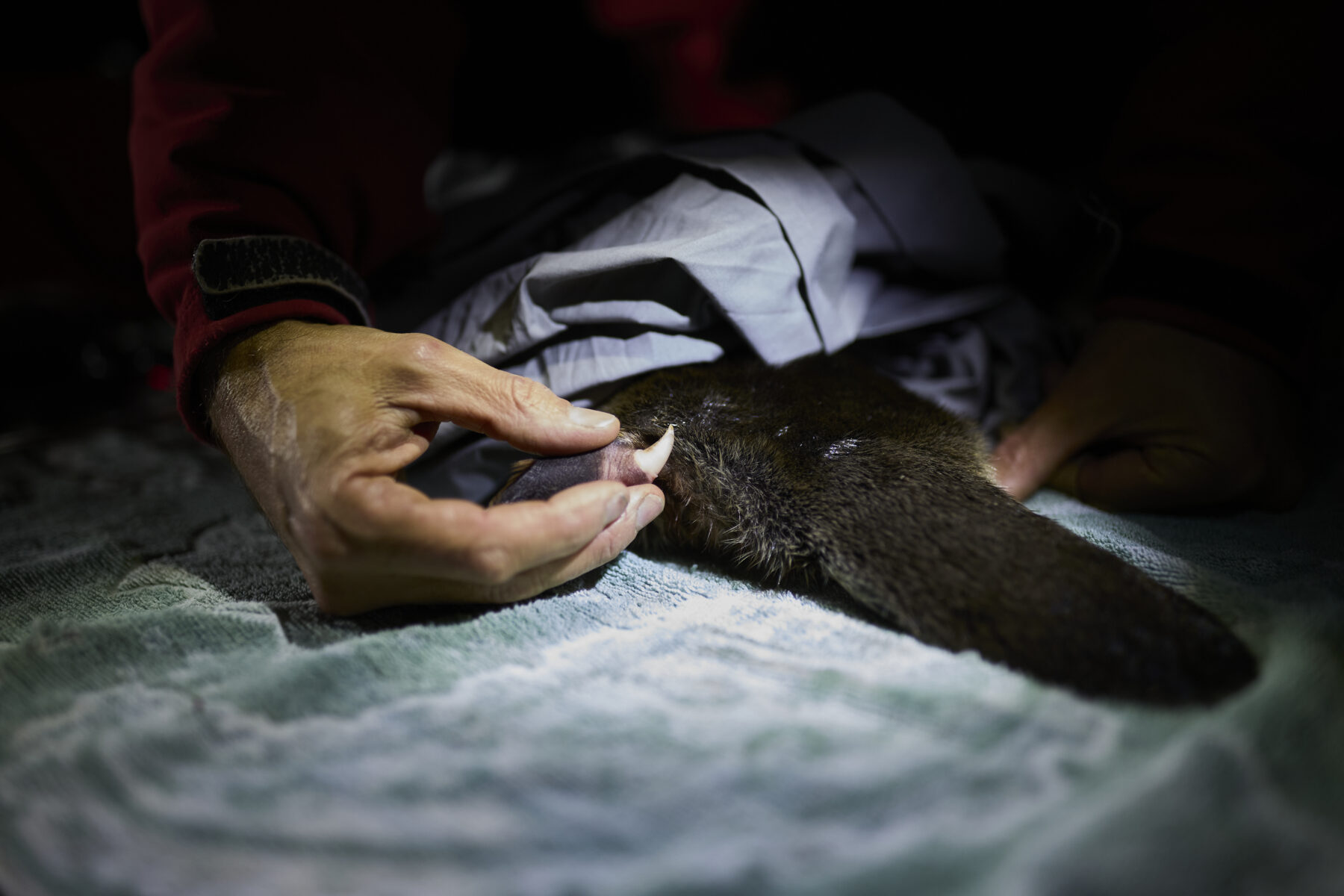
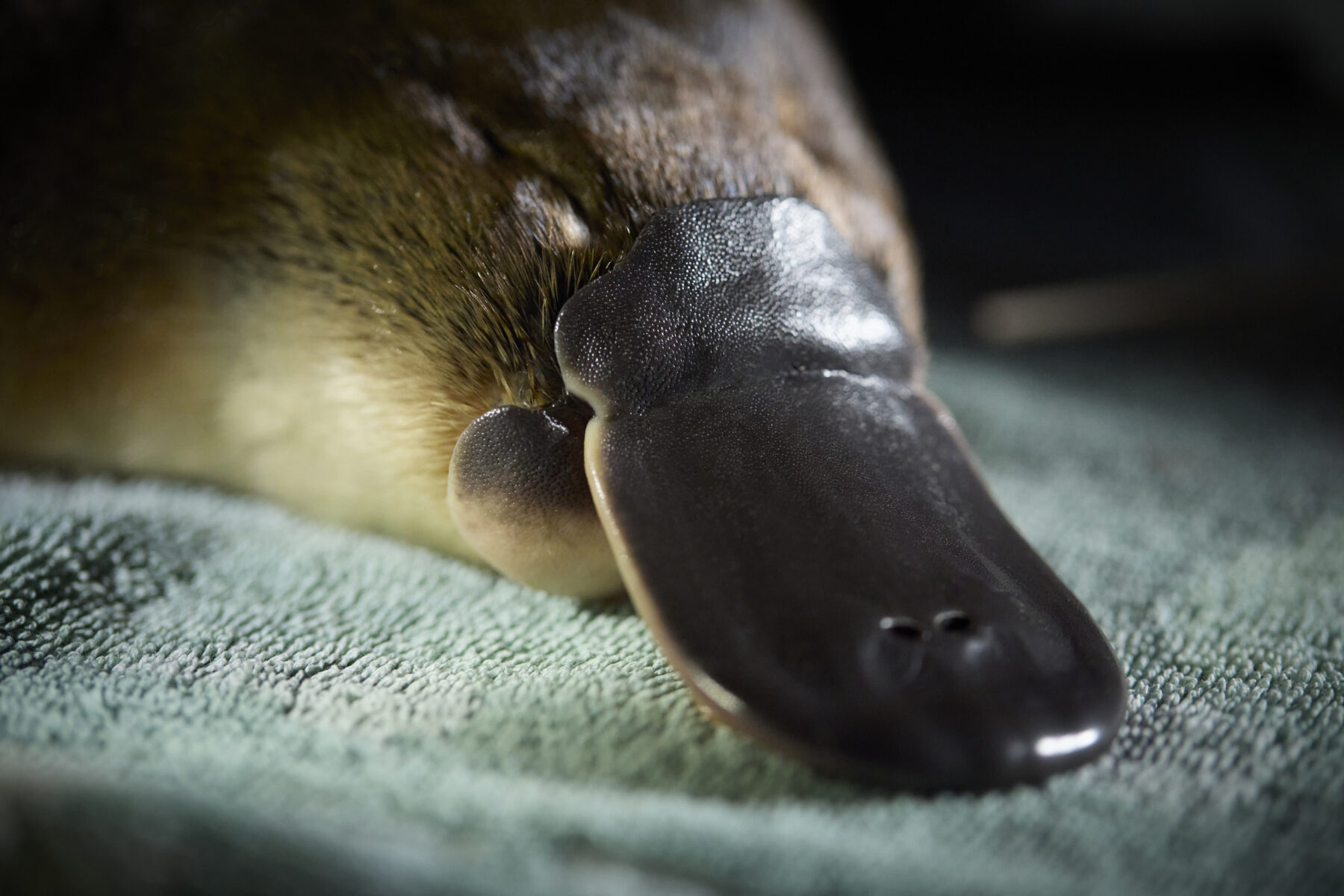
The platypus isn’t recognised as an endangered species on major national and international conservation listings. But that’s thought to be largely because there’s been a lack of robust scientific data available to show that it’s in as much trouble as the koala or greater glider. Both of those iconic Australian species are now listed as endangered, according to criteria in the Environment Protection and Biodiversity Conservation ACT 1999, a kind of trigger point that activates conservation alarm responses.
Platypuses are notoriously hard to study in the wild, but there’s plenty of anecdotal evidence across the country that the species’ numbers have fallen significantly over the past 200 years, and even during the past 50 years. A large part of Tahneal’s PhD project involved investigating historic records of platypuses. Her work suggests there’s been what’s known as a ‘shifting baseline’ when it comes to platypus populations in Australian waterways.
“Essentially, people will go to their local river and might see two or three platypuses and think ‘That’s fantastic!’, and assume that’s a really high number in that river,” Tahneal says. “But without any context of what the historical records are for that area, it makes it really hard to make that inference.”
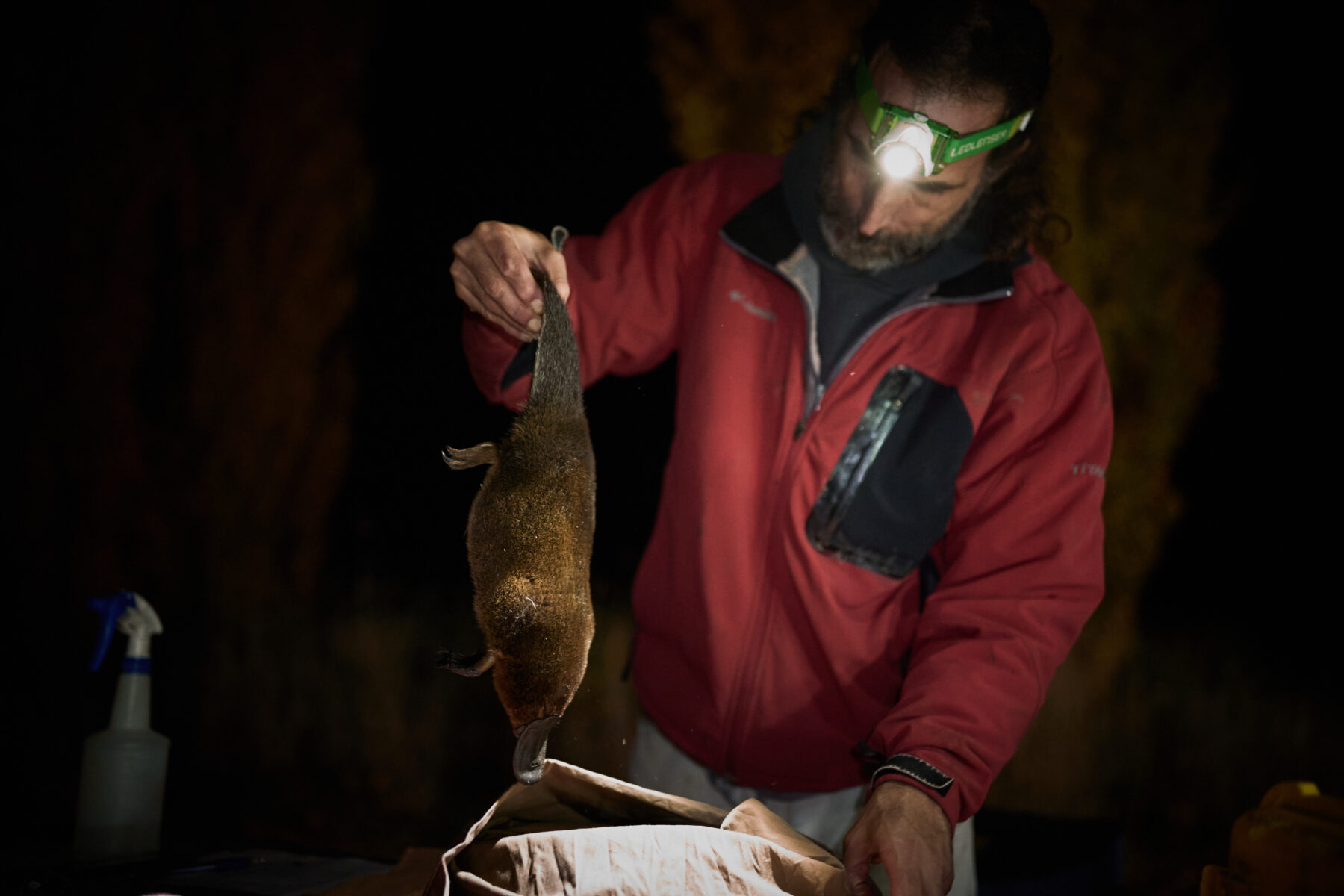
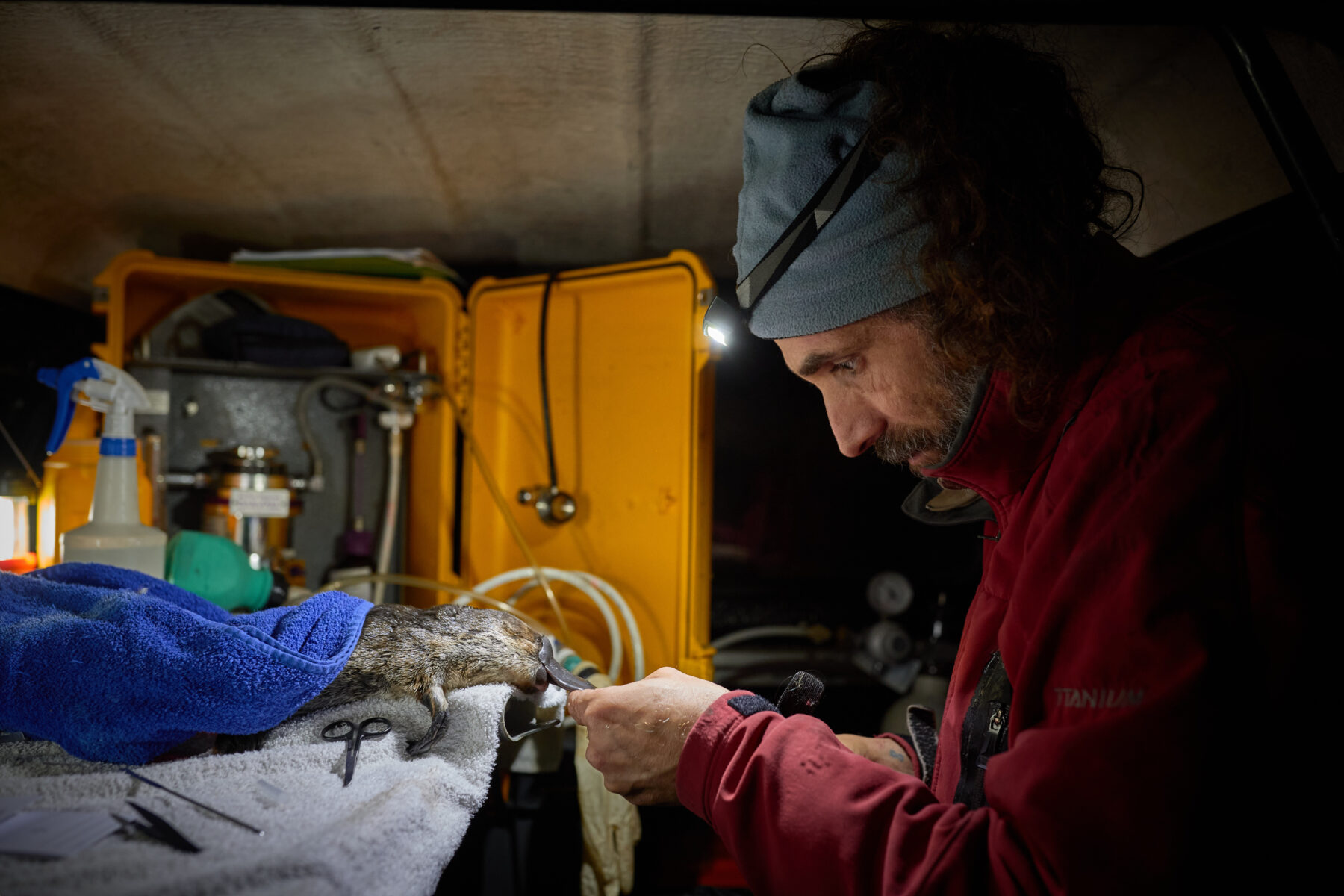
Her research, for example, found historic records of people shooting 18 platypuses in a day to harvest them for their skins, demonstrating that it is possible seeing two or three in an area is just a fraction of what was there in the past. “There are records from the Yarra River in Melbourne’s CBD [where the animals are now rarely seen] of sightings of up to 22 platypuses a day,” Tahneal says. “We are definitely seeing areas with localised decline and even extinction, resulting from numerous impacts like river regulation, land clearing, droughts, flooding and fires and increased sedimentation smothering waterways. Foxes are definitely an issue. There’s evidence of fox predation, particularly during dry periods when platypuses will travel overland to find new water sources for refuge.”
These mounting threats have scientists and conservationists worried about the future of the platypus. “I do think they are under threat, but I also think they are very resilient. We find them in a range of habitats,” Tahneal says. “So, I’m quite hopeful that if we can mitigate some of those threats, there will be a positive future for the species. In the meantime, I think translocations and interventions are, unfortunately, going to be a huge part of conserving platypuses for the future.”
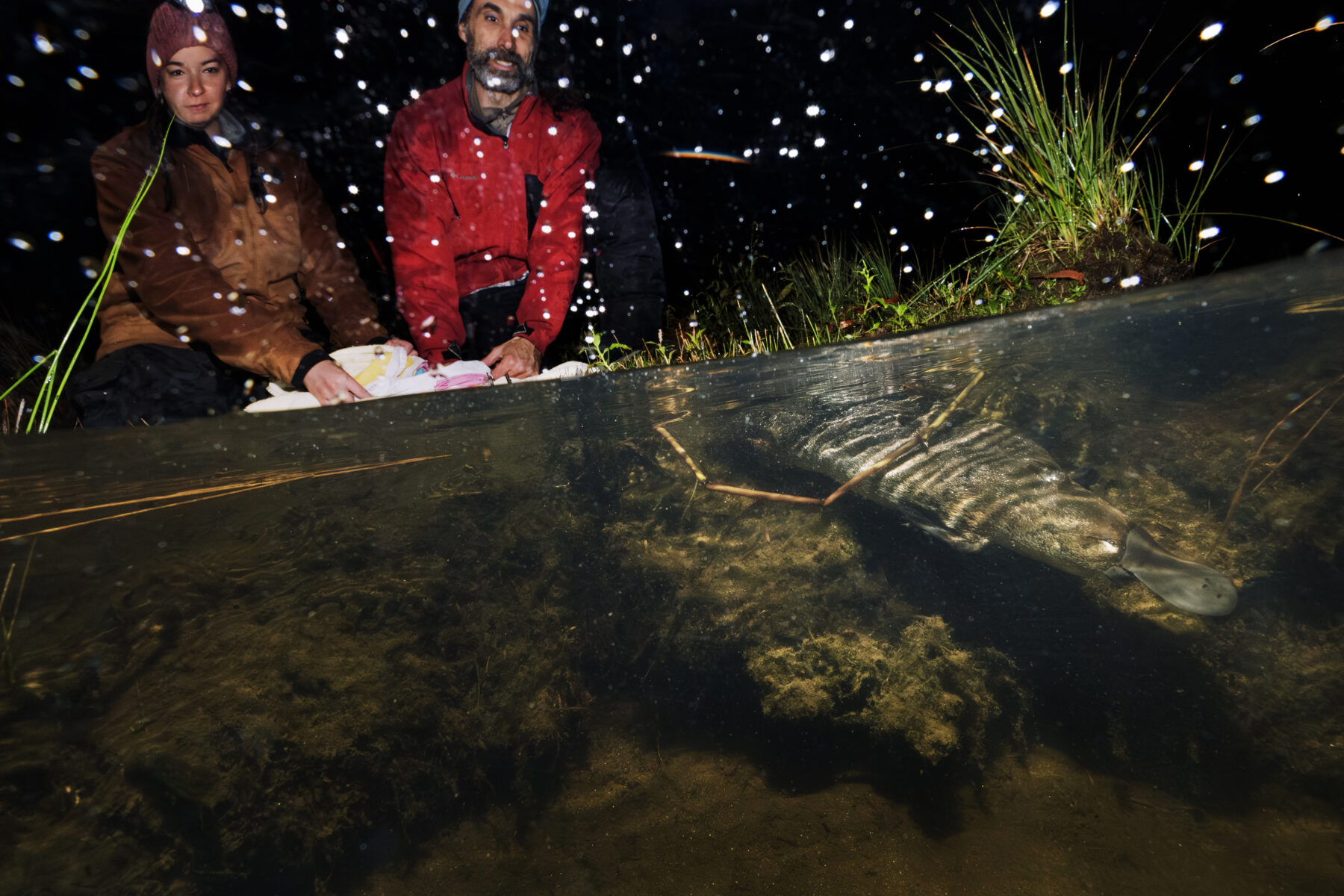
The early success of the Royal relocation project has the UNSW now looking at securing funding to release another 10 animals to the park. It has also sparked interest in the potential for similar projects to be run Australia-wide. “Since we publicised this project, I’ve been talking to a lot of councils and community groups that are really keen to see platypuses returned to their waterways,” Gilad says. “It’s really motivating and inspiring a lot of people to start thinking about what is needed to restore those waterways, so we can think about bringing back platypuses to their areas.”
Already the team has been working closely with Brisbane City Council on restoring waterways in that local government area, from where platypuses have disappeared but might be able to be returned. “And they want to bring platypuses back to the [River] Torrens in Adelaide!” Gilad adds, explaining that this project has been useful in igniting concerns about the plight of the platypus. “I mean, it’s not doing well generally as a species. We’ve seen declines across the species’ range and local extinctions. But for landholders to have platypuses in their creek is such as special thing that, in places where platypuses have disappeared, the loss is seen as personal for many locals.”
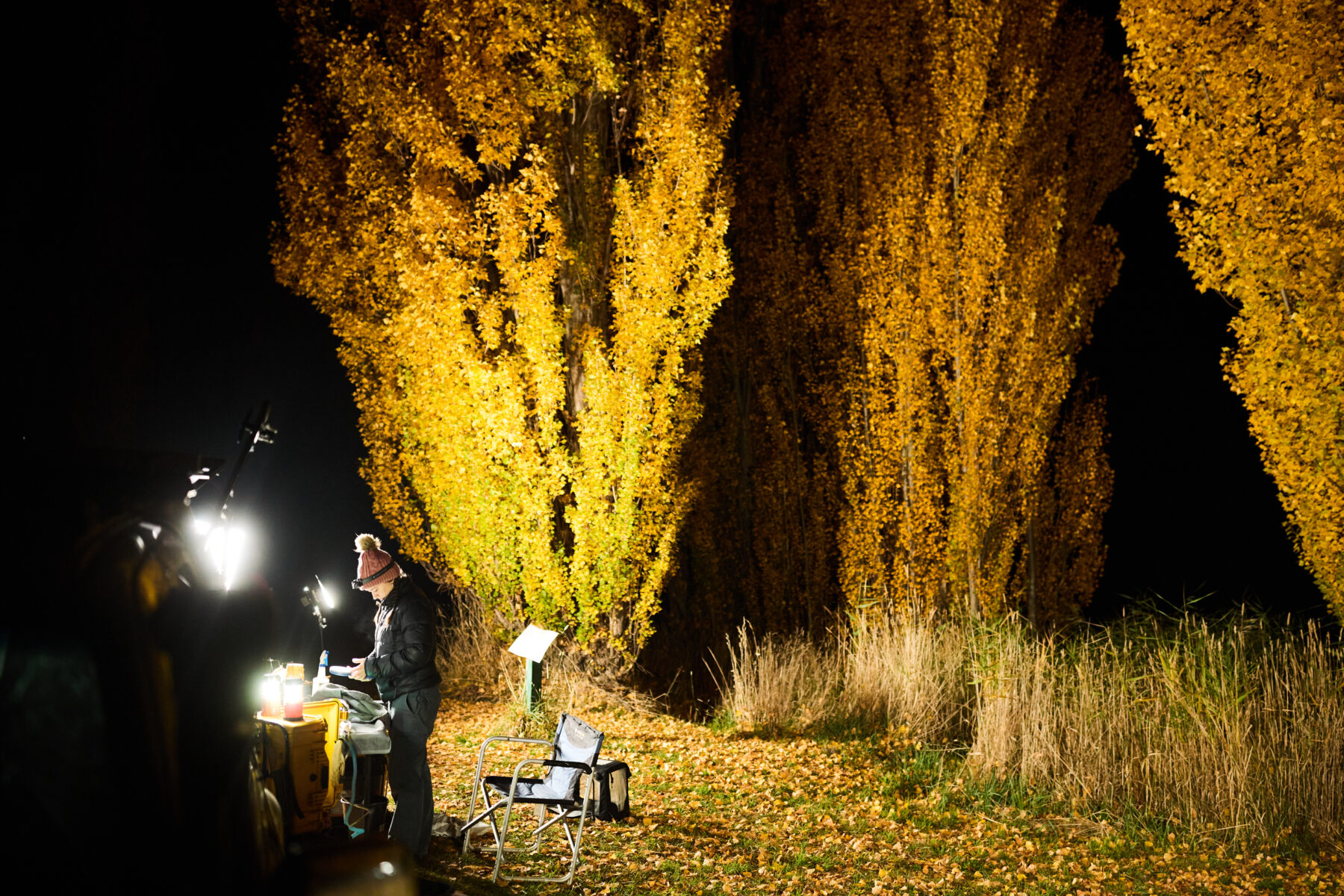
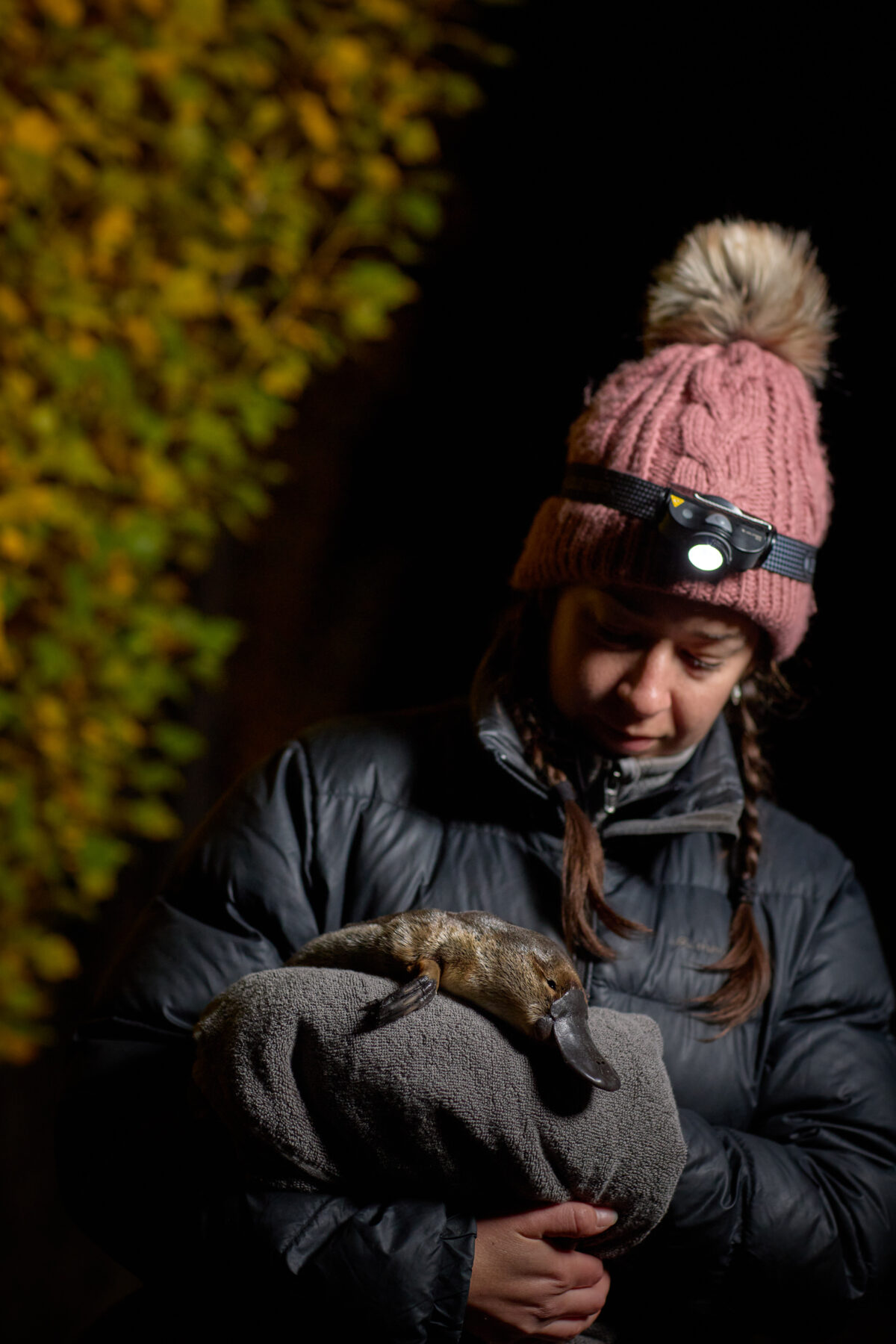
Field biologists don’t usually assign names to the wild fauna they work with. Instead, they use labels like A24, G5 or 23F, describing individual animals only by lists of metrics, such as length, weight, sex, and breeding condition. And for wild mammals, which are notoriously easy to stress, taking these measurements must be done speedily after animals are captured, shielding them from overstimulation in a soft cloth bag before they are released back to the wild.
As a result – and admittedly, it’s largely by deliberate design – field biologists rarely form connections with individual animals. Assigning names to individual animals is usually anathema to this kind of science.
Gilad began working with platypuses in 2014 and has definitely become attached to the species, but neither he nor Tahneal expected the emotional response the Royal project has elicited in them. “It definitely struck me because, normally, the interaction is, we’re surveying, we’re catching, we’re releasing. It’s a very temporary, transient experience, and you don’t know when the next time will be when you’ll see them,” Gilad says. “But this project came with a brewing sense of responsibility.”
Keeping in touch with Phoebe and her staff at the zoo about the animals’ progress gave Gilad and Tahneal a sense of personal investment they’d previously not experienced in their work. Having collected, and personally selected, the animals most suitable for relocation brought with it a level of expectation.
“We started naming them,” Gilad says. “And we developed a sense of personal responsibility for them, so there was a growing feeling of anticipation and expectation for these animals. Finally seeing them released was definitely an emotional experience for me, which was very much a surprise.
“I did get a tear in my eye.”



